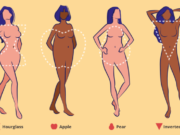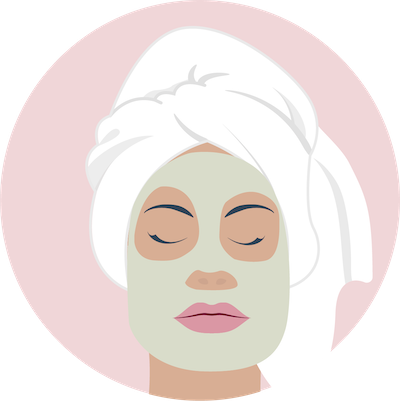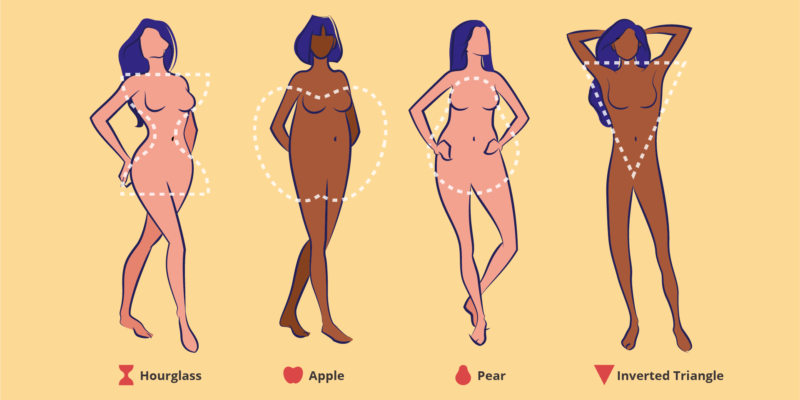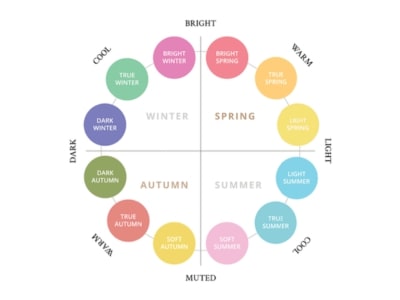Think that creamy pasta, sinful pizzas, rich cakes, and fresh-out-of-the-oven bread? Do you know how a pizza dough gets that stretch? Or from where that unique texture that you’re particularly looking for while choosing your bread comes from? Or ever wondered how those cookies have that perfect chewy texture?
Meet Gluten – a glue-like component commonly found in all the above foods that imparts a distinct stretchy texture and consistency to the foodstuff.
What is Gluten?
The word ‘Gluten’ is derived from Latin, where gluten means “glue” – and that, my folks is exactly what gluten is all about: two proteins, gliadin, and glutenin, glued together – Voila!
When flour is mixed with the water, gluten proteins form an elastic network that stretches and traps air, allowing the foods to rise and retain moisture. The protein’s one-of-a-kind property enhances the texture.
It acts as a binding agent to hold food together and give them body/shape by giving a “stretchy” quality.
Foods that contain gluten
Gluten naturally occurs in some grains like wheat, barley, rye, couscous, farro, semolina, bulgur, farina, durum, and wheat germ to name a few.
It can be found in processed foods like bread, bakery items, pasta, cookies, cakes, pastries, and crackers/biscuits.
Other foods or beverages containing gluten are salad dressings, certain chips, beer, certain kinds of broths, wine, liquor, processed meats, spice blends, and more.
Why Gluten can pose a problem to some of us?
While you cannot stop bingeing on your favourite foods from the list above, here’s a little something for you – all these foods might not be that great for those who are allergic to gluten.
Certain medical instances give rise to various conditions as you consume a gluten-rich diet.
People react differently to gluten and it can give rise to serious side effects in certain individuals.
It’s a condition where the body mistakes gluten as a toxin that triggers one’s immune cells to attack it. If one is sensitive to gluten and if the person unknowingly consumes it, this may lead to inflammation. The side effects may range from fatigue, bloating, constipation, and diarrhoea to weight loss, malnutrition, and intestinal damage!
Gluten intolerance
While most people can tolerate gluten with no severe effects, it can pose problems for some people. This includes celiac disease, gluten sensitivity, and allergy, to name a few.
Celiac disease
Celiac disease/coeliac disease – a chronic autoimmune disorder, is the most severe form of gluten intolerance. The disease is triggered by consuming foods containing gluten. The body identifies gluten as a foreign entity, thus attacking gluten along with the lining of the gut.
As a result, this may lead to harming the gut wall, eventually causing nutrient deficiencies, anaemia, severe digestive issues, and an increased risk of many diseases.
People with celiac disease may experience digestive symptoms or symptoms in other parts of their body – with digestive symptoms being more common in children. Some people with celiac disease have no symptoms at all! Hence, the doctors often find it challenging to diagnose the disease.
The most common symptoms of celiac disease include:
- Discomfort in digestion
- Diarrhoea
- Bloating
- Constipation
- Fatigue
- Skin irritation and rashes
- Depression
- Weight loss
- Anaemia
Celiac disease can be diagnosed by a biopsy of the small intestine, endoscopy, blood test to measure amounts of certain elevated antibodies on reaction to gluten, or genetic testing.
One is required to follow a gluten-free, healthy, and balanced diet to treat celiac disease. Following a gluten-free diet can relieve celiac disease symptoms and heal the damage done to the small intestine.
Gluten sensitivity
Non-celiac gluten sensitivity (NCGS) – the most common gluten-related disorder includes several symptoms that are mitigated when gluten is eliminated from the diets of people who do not test positive for celiac disease or cereal allergy.
Individuals having gluten sensitivity experience symptoms when they consume gluten-containing foods but do not experience the same damage to the small intestines or develop the specific antibodies in response to the gluten – a common characteristic of celiac disease.
Symptoms of gluten sensitivity include:
- Diarrhoea
- Constipation
- Foggy Brain
- Stomach pain
- Tiredness
- Rash
- Bloating
- Depression
Based on symptoms that arise, multiple tests are carried out to rule out other possible conditions as there are no criteria signalling gluten sensitivity. Once other conditions are ruled out, gluten sensitivity may be diagnosed.
Wheat allergy
For some, wheat allergy may cause digestive issues after consuming gluten. The immune system identifies wheat gluten as an invader and creates an antibody in response to the protein, prompting a response that may result in congestion, breathing difficulties, and other symptoms.
People with a wheat allergy may still continue to consume other foods containing gluten, like barley or rye, without experiencing an adverse reaction.
Wheat allergy is often found in children; though some can outgrow it. Wheat allergy can be determined by a skin prick test or blood tests.
Common symptoms include:
- Diarrhoea
- Nausea/vomiting
- Rashes
- Swelling of the throat
Gluten intolerance can have numerous symptoms. First things first – If you suspect that you have a gluten-related disorder, consult a qualified healthcare professional about what may be the best options for you.
Consulting a good doctor, following a gluten-free diet, paying careful attention to food selections and the ingredients, avoiding processed foods, and taking dietary supplements (under the doctor’s advice) may help you to bring the situation under control.
Read next :
What Drinking Enough Water Might Do for Your Health
The Many Benefits of Saffron: the Miracle Spice!
Working Out? Make Sure To Do It Right!
And if you liked this article, sign up for a monthly newsletter. A handpicked selection of lifestyle articles delivered to your inbox.



























